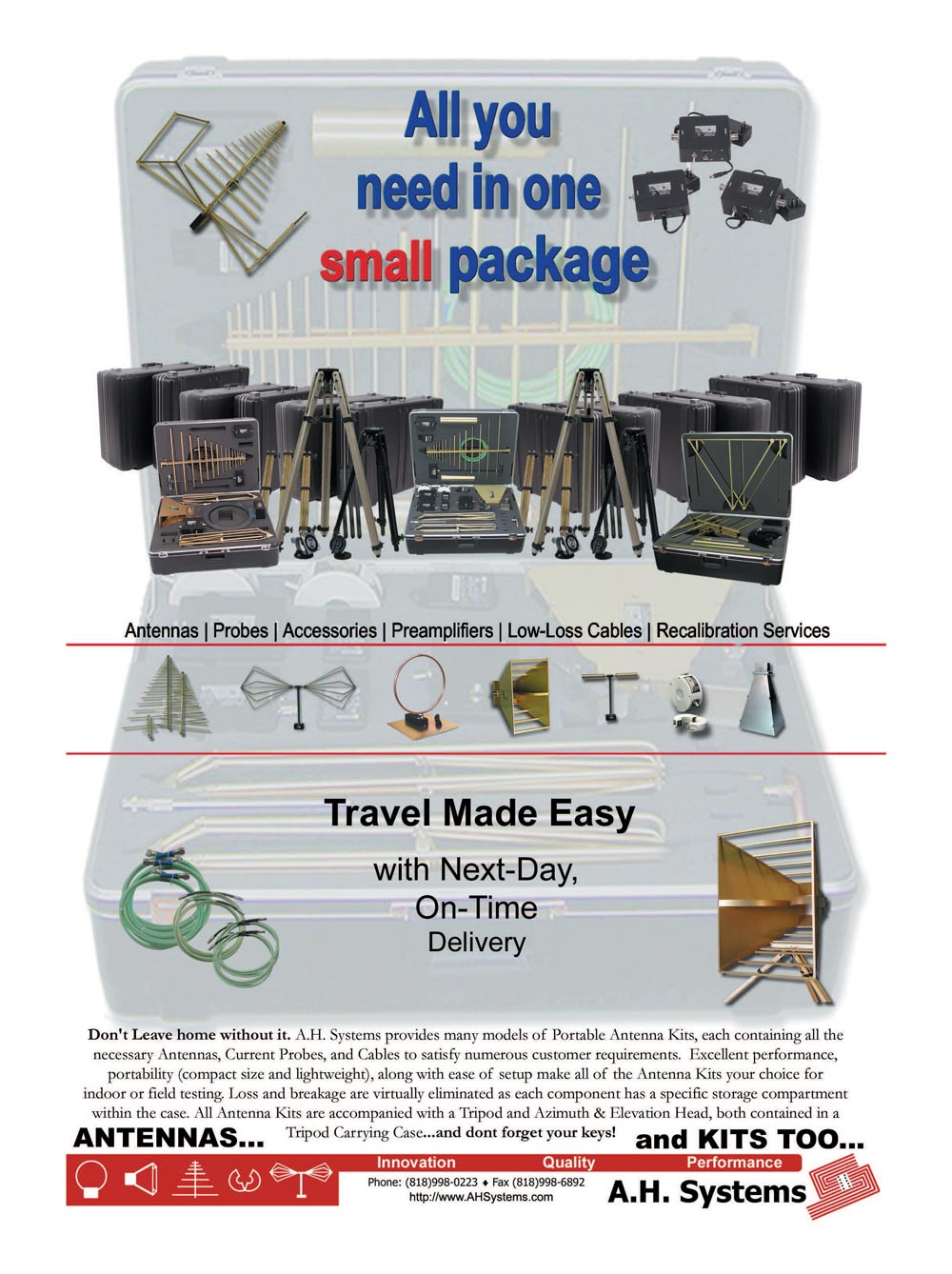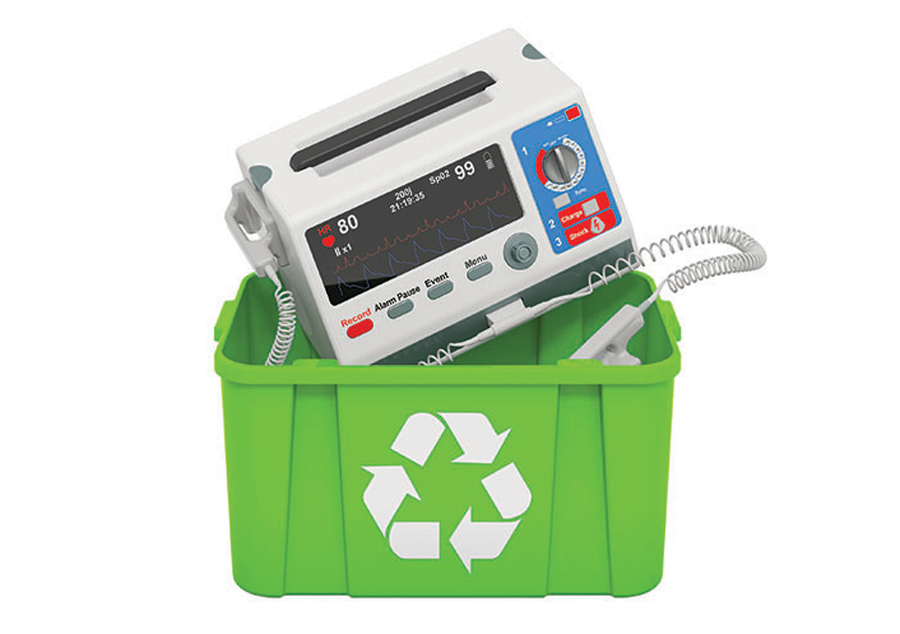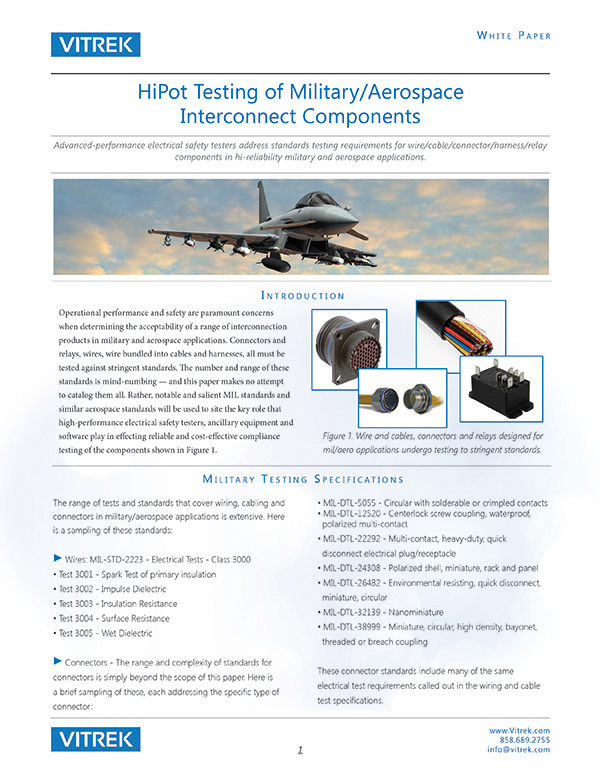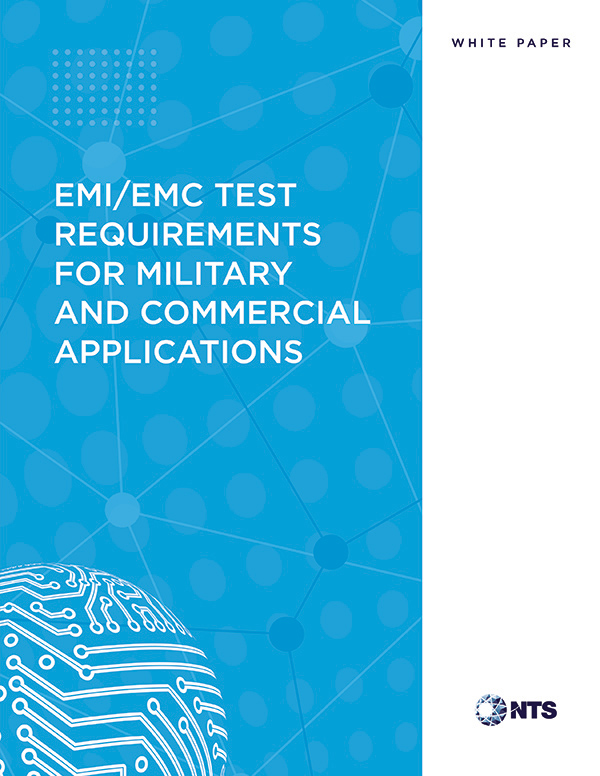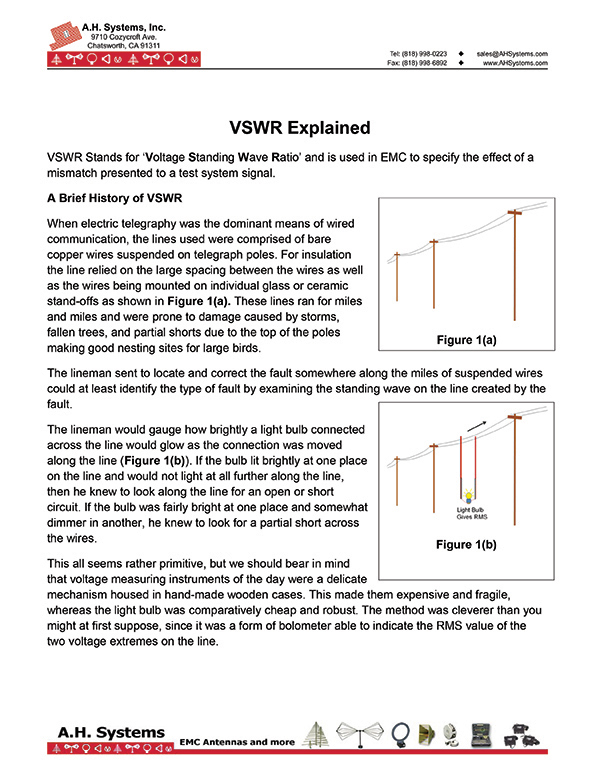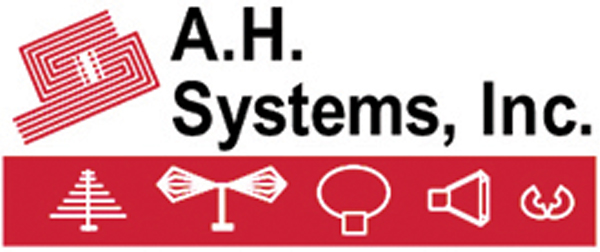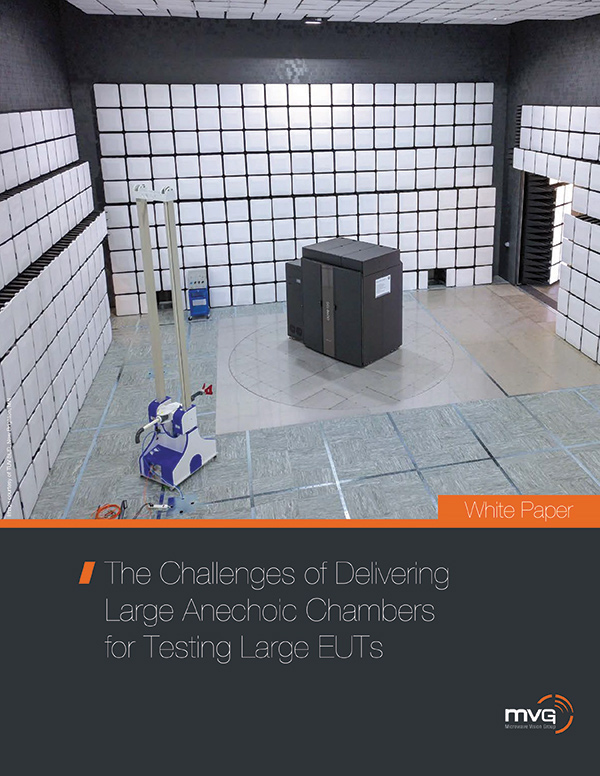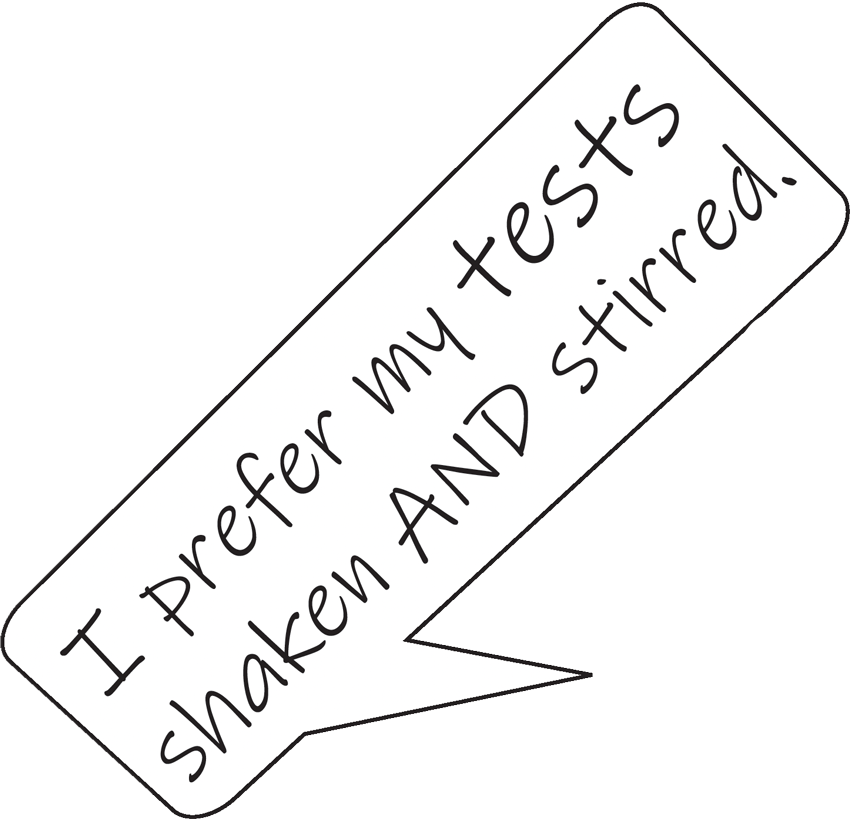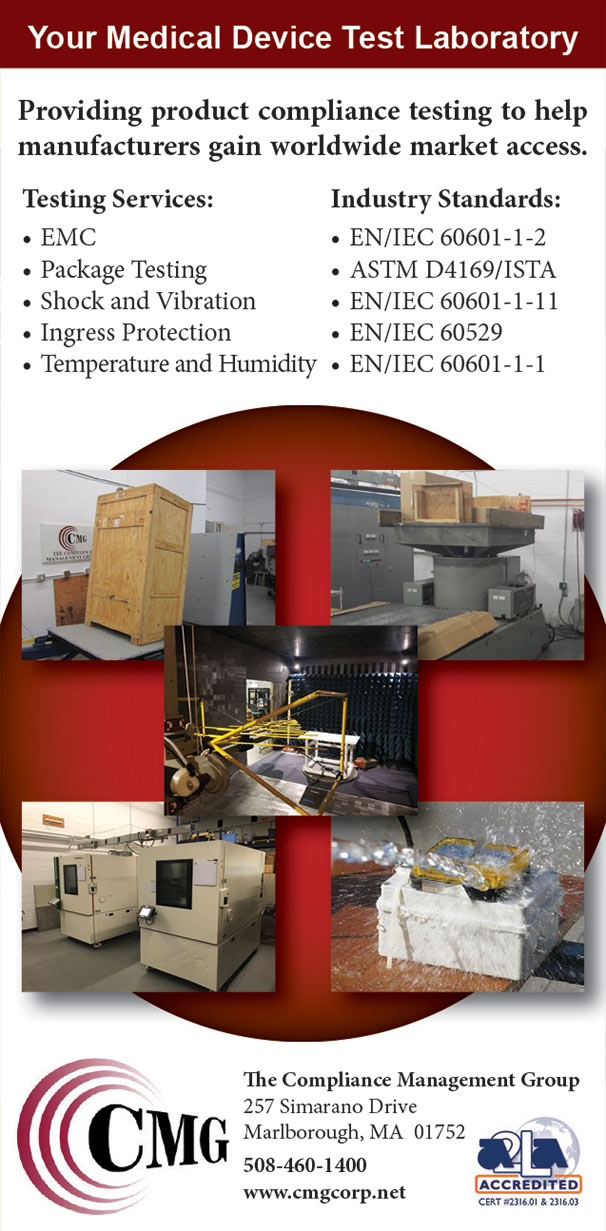
Expected Service Life of Medical Electrical Equipment
Foreseeability: A Critical Analysis in Minimizing Pre-Sale and Post‑Sale Liability
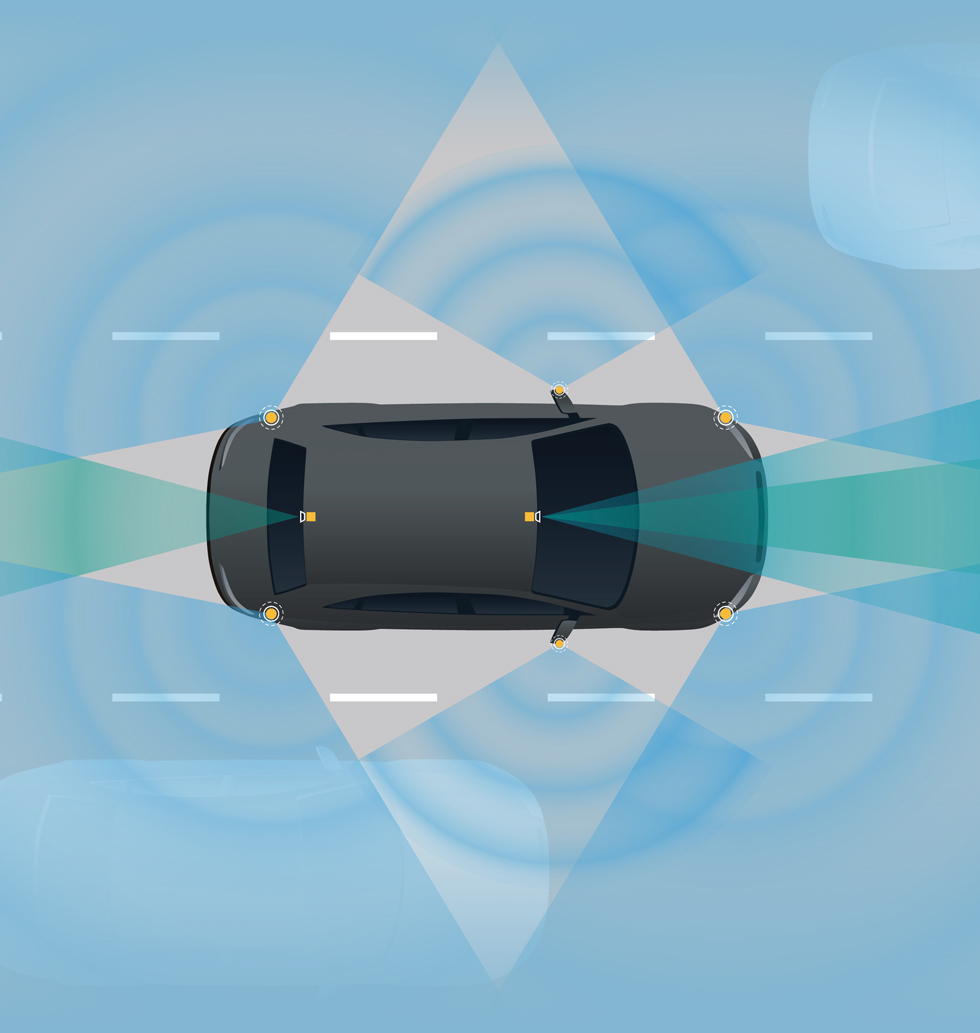
Expected Service Life of Medical Electrical Equipment
Foreseeability: A Critical Analysis in Minimizing Pre-Sale and Post‑Sale Liability

- Learn to address Key EMI threats: Emissions, ESD, RFI, Power Disturbances & More
- Focus on what is inside the box: Components, Printed Circuit Boards, Power Electronics, Grounding, and Shielding.
- Includes over 35 Practical Design EMC Fixes!
- Participate in interactive discussions and learn from realistic scenarios
- Increase your skillset from the comfort of your home or office
- Become more confident and efficient in your product design
- Learn to address Key EMI threats: Emissions, ESD, RFI, Power Disturbances & More
- Focus on what is inside the box: Components, Printed Circuit Boards, Power Electronics, Grounding, and Shielding.
- Includes over 35 Practical Design EMC Fixes!
- Participate in interactive discussions and learn from realistic scenarios
- Increase your skillset from the comfort of your home or office
- Become more confident and efficient in your product design


ISSN 1948-8254 (print)
ISSN 1948-8262 (online)
is published by
Same Page Publishing Inc.
451 King Street, #458
Littleton, MA 01460
tel: (978) 486-4684
fax: (978) 486-4691
©Copyright 2021 Same Page Publishing, Inc. all rights reserved
Contents may not be reproduced in any form without the prior consent of the publisher.
While every attempt is made to provide accurate information, neither the publisher nor the authors accept any liability for errors or omissions.
publisher
bruce@brucearch.com
keith.armstrong@
cherryclough.com
Leo@EisnerSafety.com
dgerke@emiguru.com
ken.javor@emcompliance.com
kenrossesq@gmail.com
wernerschaefer@comcast.net
Subscriptions outside North America are $129 for 12 issues. The digital edition is free.
Please contact our circulation department at circulation@incompliancemag.com
Posted to its website, the FDA’s list of AI/ML-enabled medical devices provides detailed submission information on nearly 350 separate medical devices that have been reviewed and authorized by the agency under its 510(k), De Novo, or PMA routes…
The UK’s Medicines and Healthcare products Regulatory Agency detailed its plans in a recently released Guidance, “Software and AI as a Medical Device Change Programme.” The Guidance maps out 11 different “work packages” that would implement changes across the entire medical device lifecycle, from initial product qualification to post-market surveillance…

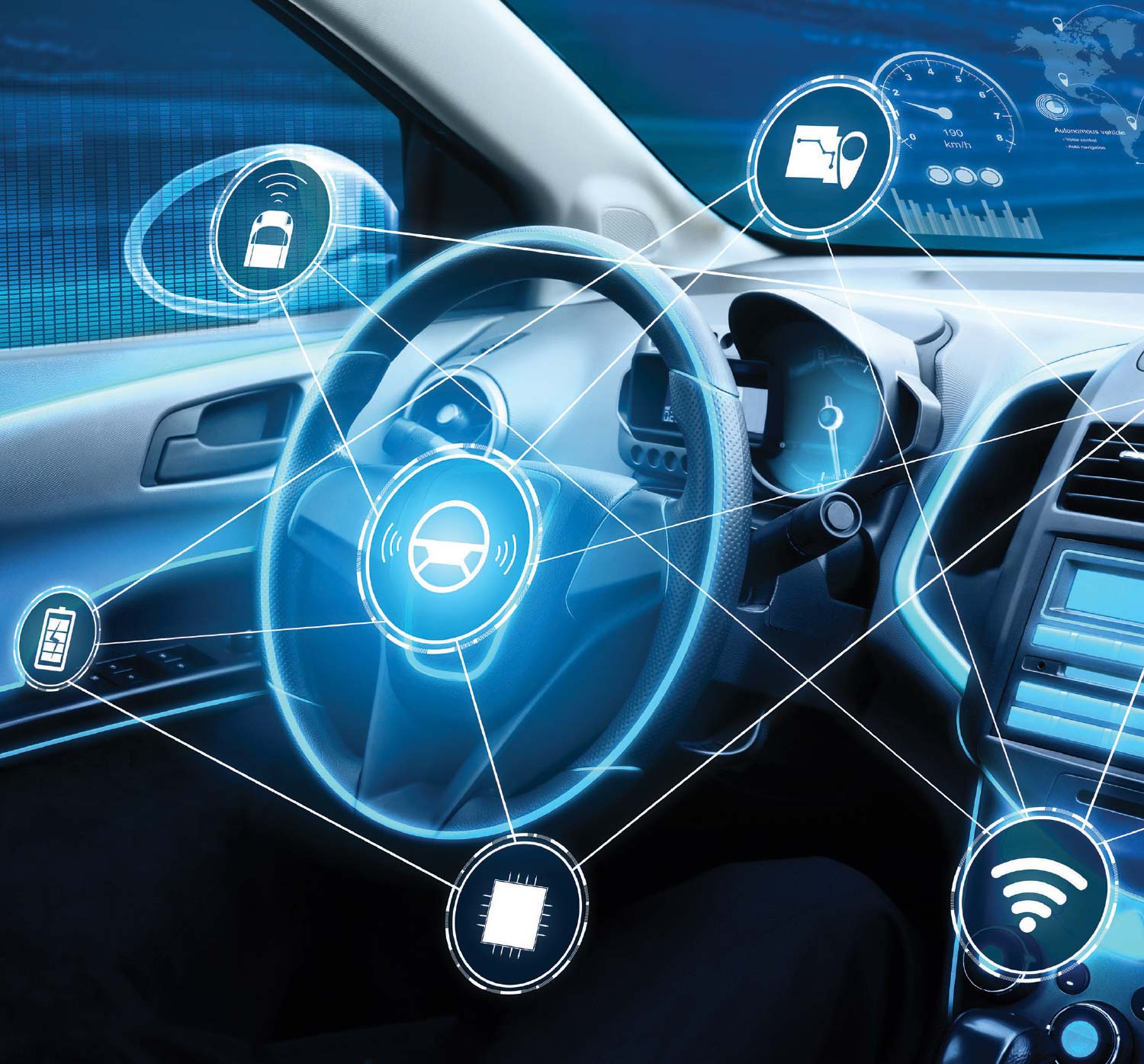
he National Highway Traffic Safety Administration (NHTSA) estimates that 94% of traffic accidents are caused by driver error and the leading cause of these is recognition mistakes.1 Advanced driver-assistance systems (ADAS) can help decrease accidents, injuries, and fatalities by reducing these errors using electronic technologies. In fact, ADAS is one of the fastest-growing sectors in the automotive industry, with expectations that the ADAS market will see a compound annual growth rate (CAGR) of 11.6% by 2027.2
ADAS are designed to increase the safety of vehicles by assisting motorists with driving and parking functions. They use automated technology, such as sensors, cameras, software, lighting, and audio components to detect obstacles and errors, then respond accordingly. ADAS technologies can range from passive to active, alerting drivers to problems, implementing safeguards, and/or taking control of the vehicle.
Passive systems simply give an alert but require the driver to act. Examples might be systems that make noises or vibrate when an object, such as another vehicle or pedestrian, is sensed in a blind spot or as the car drifts into another lane without a turn signal activated. With the warning, the driver needs to take corrective action. On the other hand, active ADAS not only sense the danger, but also automatically activate the required corrective action, such as emergency braking when an obstruction is sensed.
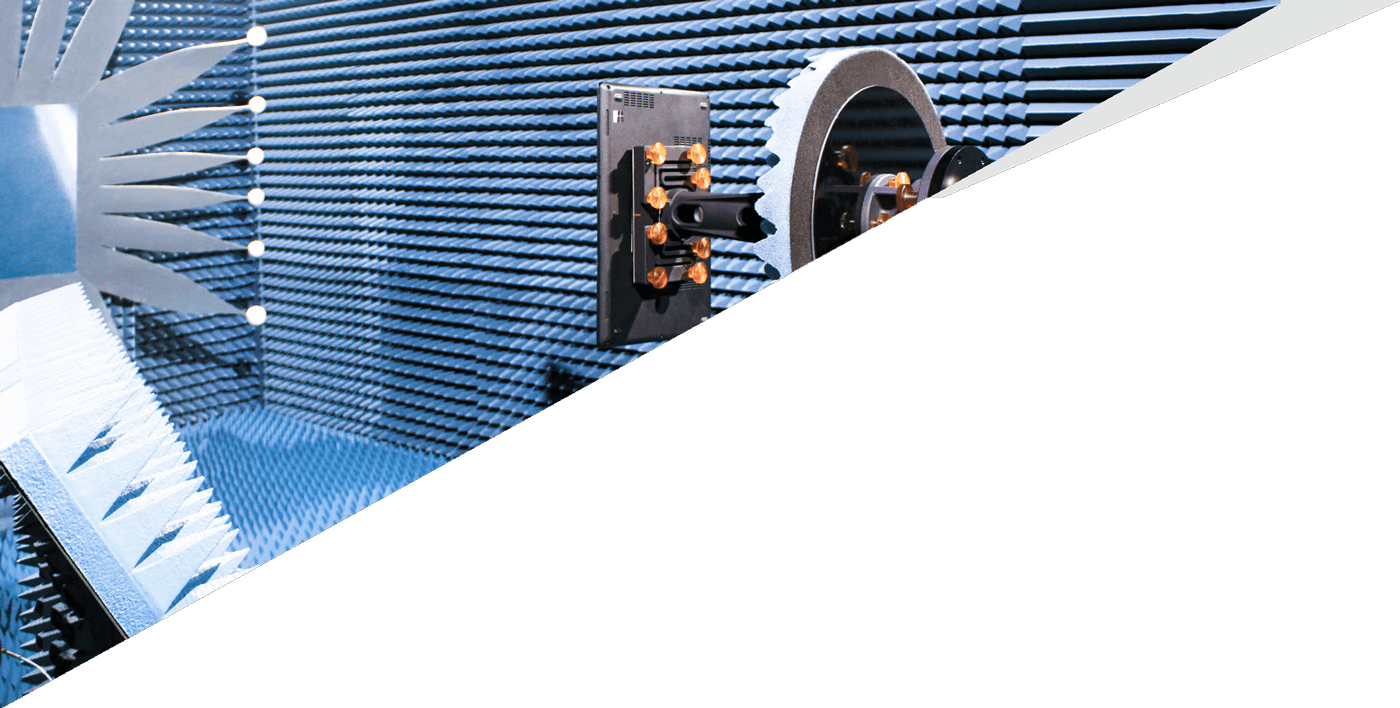
— BONUS CONTENT —
ETS-Lindgren Model 2304 Precision Multi-Axis
Positioning System (MAPS) Demo
— BONUS CONTENT —
ETS-Lindgren Model 2304 Precision Multi-Axis Positioning System (MAPS) Demo
For more information on our 5G solutions, visit our website at www.ets-lindgren.com.

Editor’s Note: The paper on which this article is based was originally presented at the 2020 IEEE International Symposium on Product Safety Engineering held virtually in November 2020. It is reprinted here with the gracious permission of the IEEE. Copyright 2020 IEEE.
ndustrial human-robot collaboration (HRC) promises a more flexible production and more direct support for human workers [1]. In HRC applications, human and robot work in close vicinity or even in direct collaboration. Safety fences, which have traditionally been used to ensure the safety of human workers, are (at least partially) absent. Instead, sensor- and software-based safety measures, such as laser scanners, light curtains, velocity limitation, and collision detection, are used to ensure that the robot system does not pose any hazard to human workers. Safety flaws in the configuration of these safety measures can lead to hazards. Thus, a thorough safety validation is required. Furthermore, ISO 10218‑2, the safety standard for industrial robot systems, specifically states that prior to commissioning, a risk assessment must be conducted to identify and assess potential hazards [2].
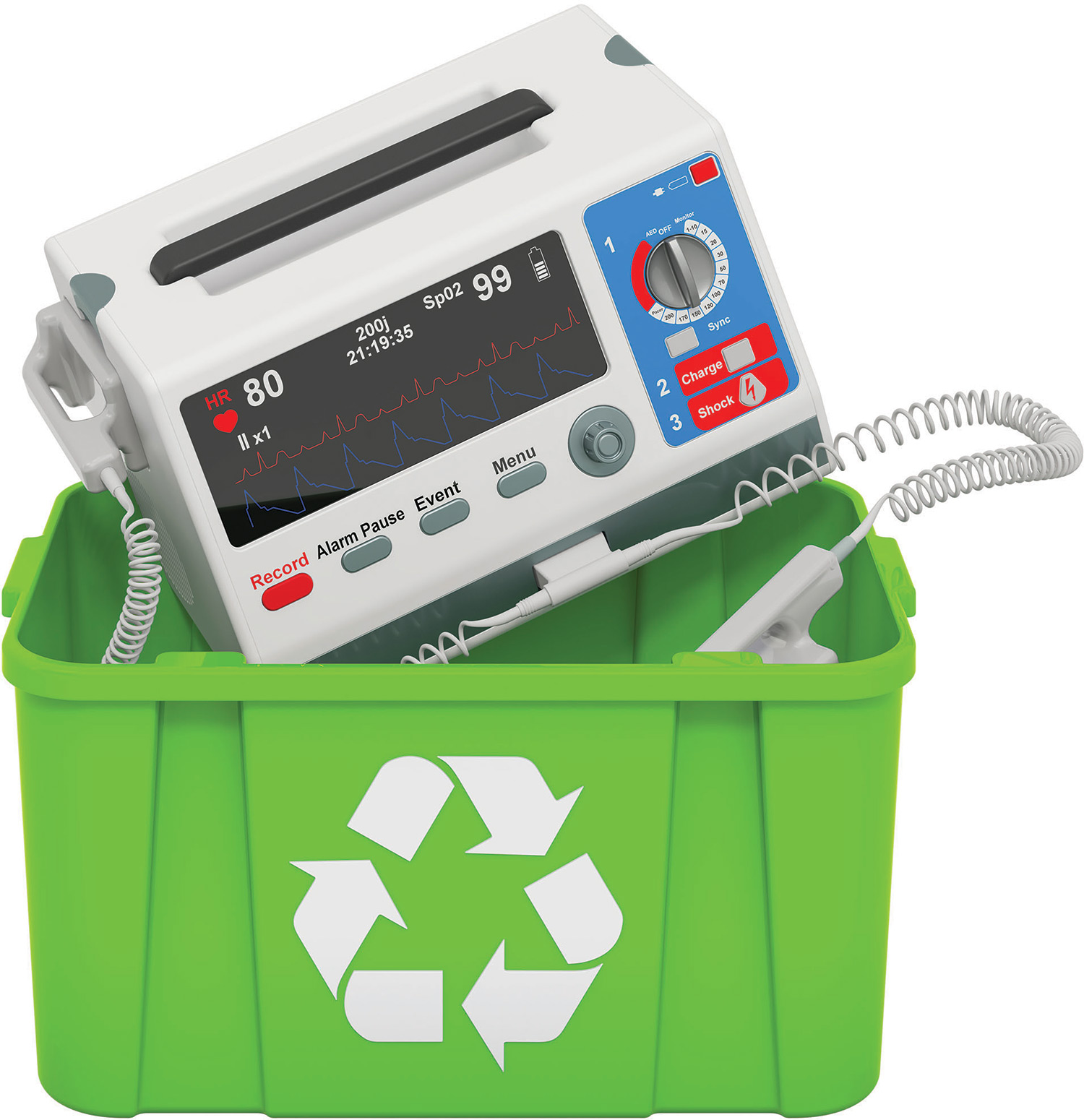
he main purpose of mandatory regulations is to obtain marketing authorization to enter global markets. Consequently, a manufacturer must demonstrate that all safety-related aspects, including compliance with relevant standards for basic safety, essential performance, risk management, usability, etc., have been reviewed, that all applicable requirements have been met, and that a quality system mechanism has been implemented.
With regard to medical devices included within the field of the medical electrical equipment (MEE), it is striking to observe how the clauses describing these specific concepts vary among applicable EU Directives, guidelines, regulations, IEC, ISO standards, and other requirements applicable to design, regulatory compliance, marketing, and health professionals.
Moreover, the concept of “expected service life” (ESL) for MEE comes on top of the already existing standards. Thus, due to an incomplete definition of ESL, there is a long chain of misunderstandings regarding the analysis and assessment required to determine compliance with MEE requirements.

he law requires manufacturers to anticipate foreseeable uses and risks when designing products and providing warnings and instructions. In addition to foreseeable uses, manufacturers must also predict future conduct by users and consider what conduct constitutes foreseeable misuse.
But how far must a manufacturer go to anticipate unintended but foreseeable misuses of a product? How does a manufacturer make this determination while designing the product? What do courts regard as a foreseeable misuse, and what must a manufacturer do about it? Does an unforeseeable misuse become a foreseeable misuse if, after a product’s sale, it comes to light that some people have actually misused the product?
These questions go to the core of a manufacturer’s quest to provide a reasonably safe product before and after a sale. Unfortunately, the answers are unclear and, in most situations, are provided by a judge and jury after a trial.
n this article, we discuss the PCB layout considerations and the design of the reference return paths for the one- and two-layer boards.
Well, not really. It’s a good starting point, but you need to know that the flooring and footwear work together. Unfortunately, I’ve seen cases where they don’t. If that happens, you’re fooling yourself if you think you’ve got human body ESD risk under control. I’ve seen a person wearing footwear that measures about 10 MΩ, standing on a floor that measures about 10 MΩ, but their resistance from body to ground was over 1 GΩ, and a body voltage test while walking showed well over 100 V.
Hang on – how can that be? If the footwear and flooring were both about 10 MΩ, surely the resistance from body to ground should have been about 20 MΩ?
In an ideal world, you might think so – but there’s another factor – contact resistance between the footwear and the floor.

The Ocean Challenger is a very high bollard pull cableship of UT746C dual role design, equipped with a Rockplough that allows for simultaneous cable lay and burial to 1.0m depth in fractured rock, 2.2m in sand/clays and 3.0m in soft soils. The Ocean Challenger’s trenching operation is performed by a 2MW Remotely Operated Pipe-line Trenching Vehicle…
In the kitchen we have a radio/tape/cd and recently the tapes have been playing with very poor sound quality. No amount of head cleaning has improved the sound. By chance we found that operating the piezo gun to light the gas hob fixes the problem. Must be switching some ‘hiss’ correction circuit for which there is no external control, button switch etc…
Reports that a radar dome in Norfolk is causing electrical problems with cars are being investigated by the Ministry of Defence (MoD). Motorists say their engines and lights have cut out, and their speedometer dials swing up to 150mph as they drive past the Trimingham radar unit…
A study by Carnegie Mellon University researchers in the Department of Engineering and Public Policy (EPP) has found that cell phones and other portable electronic devices, like laptops and game-playing devices, can pose dangers to the normal operation of critical electronics on airplanes. The study will be featured in an article appearing in the March issue of IEEE Spectrum…
Design for EMC
November 9-11
Fundamentals of Random Vibration and Shock Testing
November 17-18
The Battery Show Digital Days
November 30 – December 2
The Battery Show Europe
European Microwave Week
March 8-11
EMC Compo
May 8-11
APEMC
May 18-19
EMC & Compliance International Worskshop
August 1-5
EMC+SIPI
September 5-8
EMC Europe
View Index


